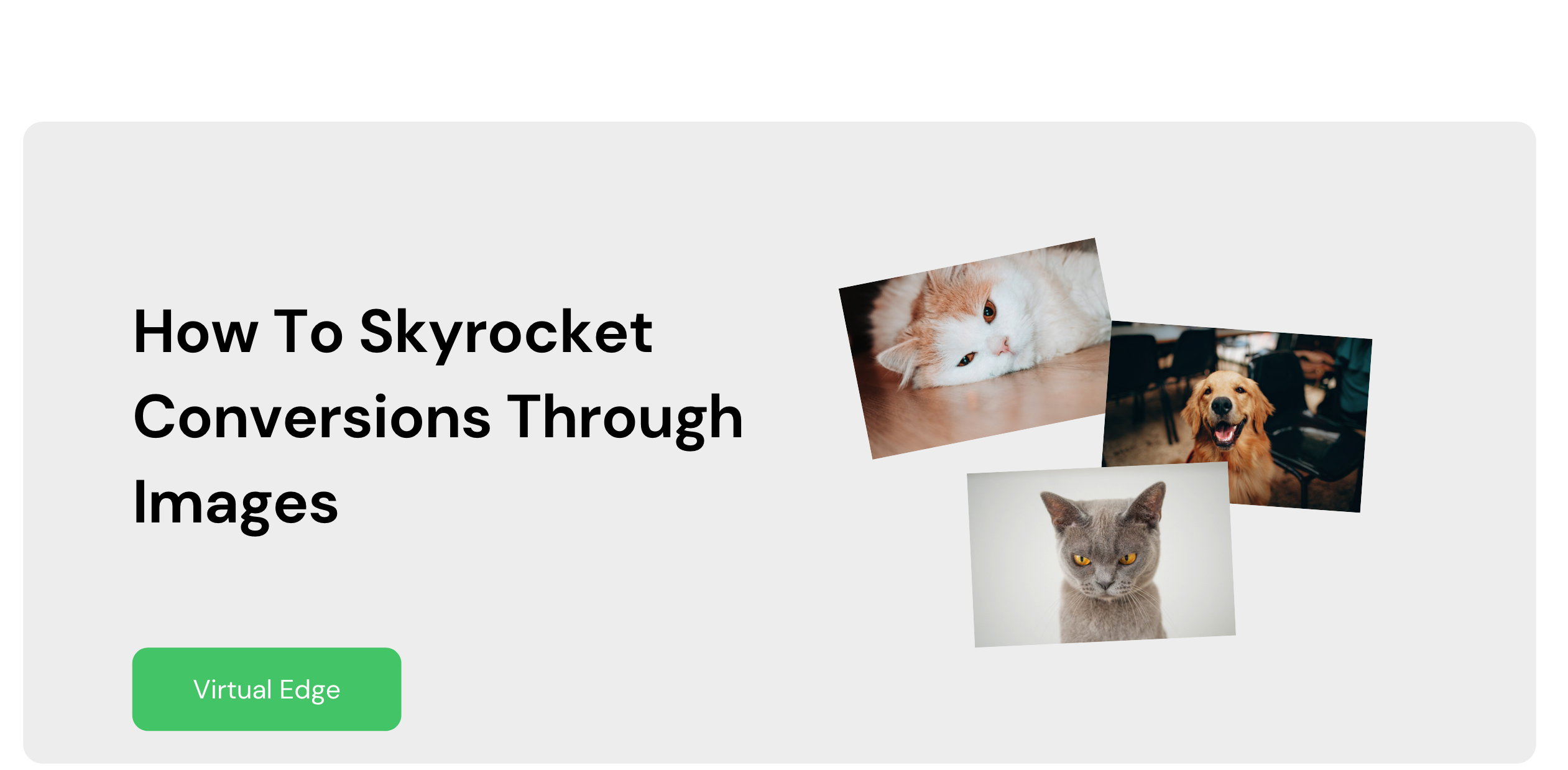When it comes to online purchasing, the visuals you apply whether it be an Ecommerce store or service proposition will go a long way to dictating whether your customer proceeds or not. That means website owners have to work twice as hard at making their products, services and brands more attractive. One of the best ways to do that is through the use of images. That being said the wrong image can do the exact opposite effect and turn people away from your website.
Choosing the right images for your website is important. And, it’s not just about having the best-looking image — it’s also about placing the image just right in your content to make a powerful statement. It’s a known fact that images can attract more attention and increase conversion rates than a website without images, so before you post just any image consider these tips.
Create Empathy
People connect with images of other people. In fact, in a study conducted by Science Daily researchers found that physicians who saw images of their patients treated them better and were more empathetic than physicians who don’t see images of their patients. While these aren’t examples of selling, they are examples of the power of a picture and how the right image of a person can create empathy in those who see it.
Instead of listing your company team member names in a row, use photos so customers can create a personal connection with those team members. Also, your sales pages can benefit from the use of pictures of team members, customers using your services or products or other people that can help customers relate.
Eight Hour Day, for example, have a friendly, engaging About Us page that tells you about the company, but also gives you a visual insight into what the owners look like, how they interact and the overall atmosphere inside the company.
Use High Quality Images
Don’t try to sell with low-quality images. Images should be vibrant, show your product in detail and perhaps even spin your products in a more artistic light. The product should shine inside the image. You can display products in smaller thumbnail sized images, but allow them to be viewed in full-size as well.
Take Best Made for example. They offer multiple thumbnail images in their gallery, but each can expand into a full-size, high-quality image that lets you see the exact detail of each item you’re considering.
Create a Mascot
Images don’t always have to be about people. A lot of popular websites use a mascot and the use of site mascots is growing. Mascots create a sense of familiarity with customers and also can be used for branding. Visitors can bond with your mascot and if you use a strong image, they’ll remember your brand. Mascots can also emphasize your marketing technique. You can create emotion easier with a mascot than a picture of a person, which helps conversion rates.
Online mascots are everywhere and if you start looking for them, you’ll see them a lot more. Take the Hootsuite owls for example. These owls dress up, teach you lessons and appear on almost every page of Hootsuite.
Use Images with Context
You can’t just show a product and expect a customer to buy it — you need to show it in context too. The user should image themselves using the products on your website and if you can successfully create that visualization you’ll increase your conversion rates. Try showing a picture of the product, but also add in an image of a person using the product too.
Take Made.com for example. They feature high-quality images of each product, but then also throw in random pictures of people using their products. Ikea also does this on their website. They create family environments, dorm rooms and even downtown living that makes you feel as though you’re living the experience with the models.
Build Trust
When you’re selling facts or figures, you should include an image with it. Studies have shown that people accept facts and figures more if there is an accompanying image — even if that image is irrelevant to the point you’re trying to make. This is why eBook publishers create simple covers for their short books on Kindle and Smashwords, because the know images of any kind help sell a book.
Use images on your website to build trust. While the image doesn’t have to be of the product or service, offering an image for users to see and pair with the text helps convert them into buyers faster than text alone.
Just implementing one strategy can significantly increase your website’s conversion rate and boost company sales. If you don’t have the time or creativity to spark an emotion, hire a graphic designer or marketing agency to create an image for each page, design a mascot and create some likeability for your brand. Connecting with your readers might deliver some positive results.
What about your own experience? Have images played a bigger role in landing you more conversions? Please share your thoughts via the comments section below.
